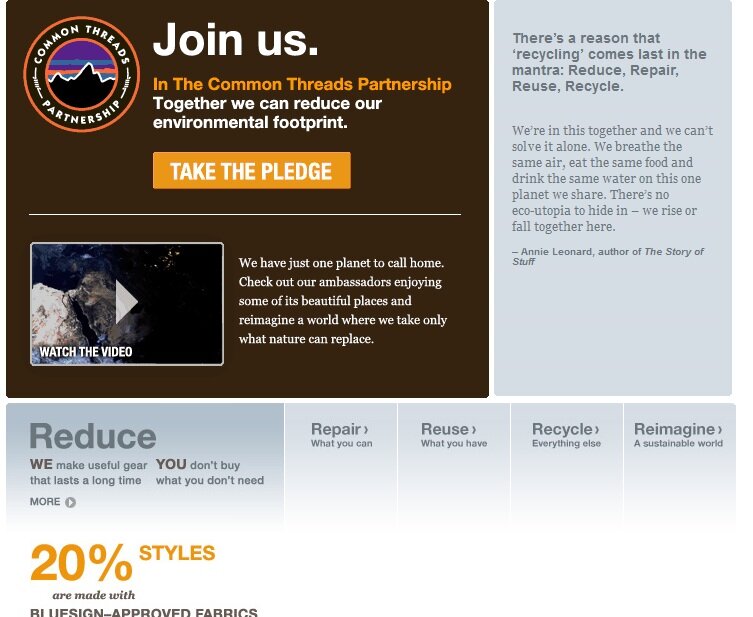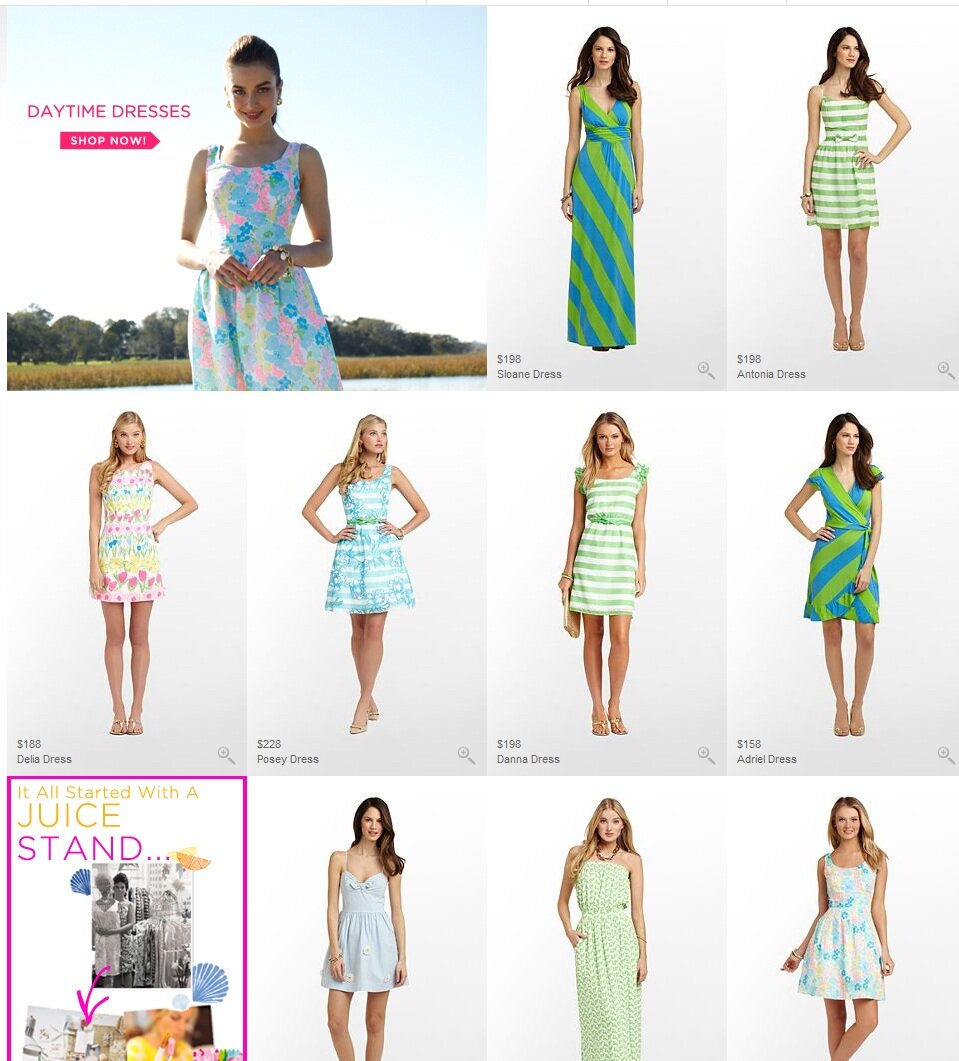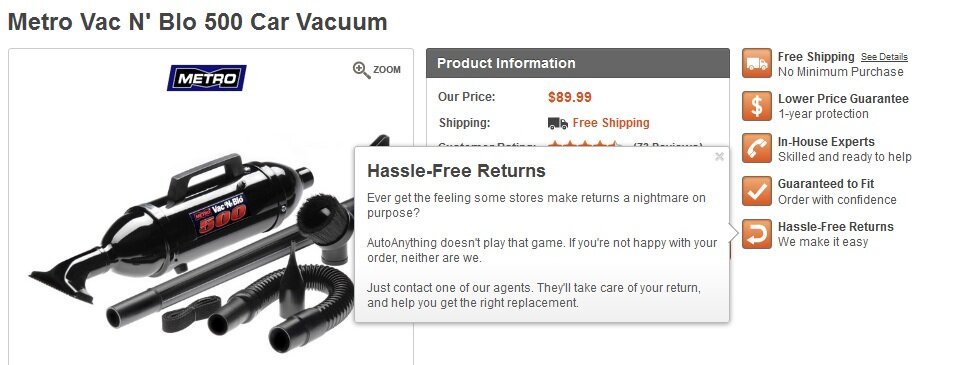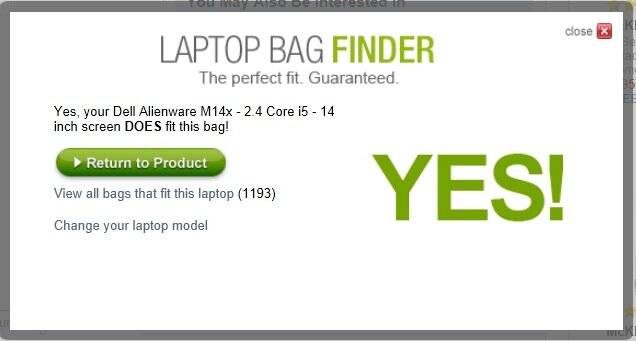Guest Post: Bronto – Understanding the Near-Customer Experience
March 26, 2013 1 Comment
By Jim Davidson, Manager of Marketing Research at Bronto Software ()
The 2013 MarketLive Annual eCommerce Summit for MarketLive clients and technology partners is quickly approaching. I’m looking forward to my session “Learning from the Best: Email Tactics of Top Performing Retailers” and want to share one of the themes that is starting to shape what you will see in my presentation at the Summit.
Either your eyes glaze over or your ears perk up with someone says “Abandoned Cart strategies.” Three quick facts:
- ~70% of carts are abandoned
- ~20% conversion rate for abandoned cart reminder emails (without incentives, mind you)
- Only 13% of brands send abandoned cart reminder emails
That boils down to 87% of brands leaving money on the table … or at least in the cart.
As marketers, we are all familiar with the importance of engaging the customer during this period when interest is extremely high and the purchase decision is teetering on factors like additional taxes, shipping costs and potentially impending buyer’s remorse. Be careful though; by limiting your recovery strategies to those who actually added items to the cart your focus may be too narrow.
Consumers have become increasingly distracted and it seems like they like it that way. Sales on mobile devices are showing no signs of slowing down. A study by Google reported that 80% of consumers planned to use multiple devices simultaneously when shopping. They are not simply switching between devices, they are using both at the same time. These distracted, device-shifting consumers need consistent courting even before they add items to the cart – so I ask you to broaden your focus and explore the broader concept of the “Near Customer.”
“What is the ‘near customer’ concept,” you ask? For the most part, it means that your marketing efforts have worked well. You have engaged your customer, you have promoted your product and they are really, reallllllllly super-duper close to buying, yet they abruptly leap out of the purchase process. This behavior is not limited to the shopping cart. No, cart abandoners are not the only “near customer” who should get your attention. With the barrage of marketing messages in the inbox and across a typical consumer’s devices, purchase decisions that once were further down the funnel are taking a step back. Luckily, technology and automation has taken a step forward.
Two situations can lead to abandonment by the near customer even before an item is carted. Luckily both scenarios benefit from automated reminder emails similar to abandoned cart reminders.
Lane Changers
85% of shoppers will shop on one device and finish on another, according to that Google study. They are abandoning the shopping experience on one device though there is intent to revisit the purchase later. Perhaps someone is clicking through an email on their phone and they plan to buy later on their laptop over the weekend when they have more time to check out the product, read reviews and comparison shop. It’s not just a few folks who are doing this; 85% represents a majority of shoppers. If you are not engaging this group in a way that makes this process convenient and streamlined, then the purchase could be forgotten by the shopper or they may find an alternate product on your competitor’s site. From the same report, 45% of consumers will use bookmarks, the shopping cart or will send emails to themselves as a way to put their shopping process in temporary suspended animation. Those solutions sound simple, but they put the onus of transitioning from one device to another on the consumer, who is likely busy enough without having to do the work of enabling cross-touchpoint shopping – that’s your job. Take some of the burden off of your shoppers’ shoulders by offering services like wish lists or “save for later” options. This is one method of capturing both the shopper’s intent and the specific product information – that’s fuel for your automated reminder email.
These examples show how retailers are making it easy for their shoppers to show emails on their mobile phones to receive discounts in-store.


Product Page Drop-outs
You call it a “marketing mix”, but to your customers it may seem like a game of dodge ball. The balance of having your marketing messages present in various channels and on various mediums is essential to driving sales. As the number of places a shopper can see your message expands from the inbox (on their computer, phone and tablet), display ads, your catalog, Facebook, Twitter, Pinterest, Instagram, YouTube, and so on, you may see an increase in your shoppers popping in to take a quick glance at what you are selling, and then leaving without taking further action. Think of this as an advanced form of window shopping. How many times have you walked in a store and told the employee, “Thanks, just looking”? This is happening on your site. Are you going to let this near customer just walk out or are you going to engage them, communicate your value proposition and remind them why they should buy from you? An automated program targeted to product page abandoners is an increasingly important campaign to have in your arsenal. Those of you who do have these emails in place may also find that there is room to improve the message.
These examples thank the customer for visiting their site, shows the browsed product and feature related recommendations.
Subject: line: “Thanks For Your Interest In: Le Creuset Heritage Stoneware Round Covered Casserole”

Subject: line: “Thanks for Visiting! Shop Now and Receive Free Shipping”

While some of you may feel that launching these programs puts you in the weighed down sludge of “big data,” the data needed to engage and sell to the near-customer is likely at your fingertips and after the initial set up, the automated processes will run without any drain on time or resources.
In addition to other automated message programs and revenue generating email campaigns, we will explore real-world examples and results of the near customer experience strategies during my session at the Summit. I hope to see you there! Please feel free to send any examples that you would like for me to evaluate and potentially include in my session: .
And meantime, everyone should tune in to a Webinar tomorrow, March 27 at 10 a.m. Pacific, for more Bronto and MarketLive expertise, this time on the subject of post-purchase email marketing. Register now!















Connect with us: